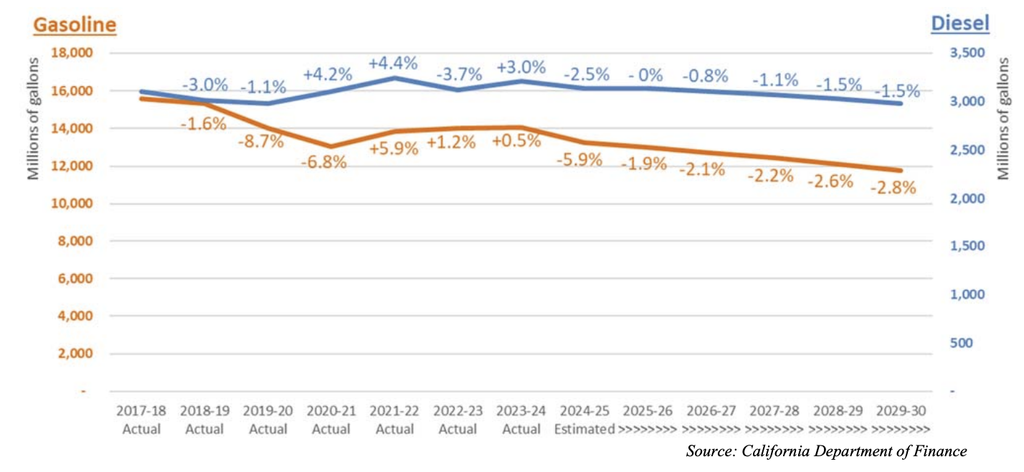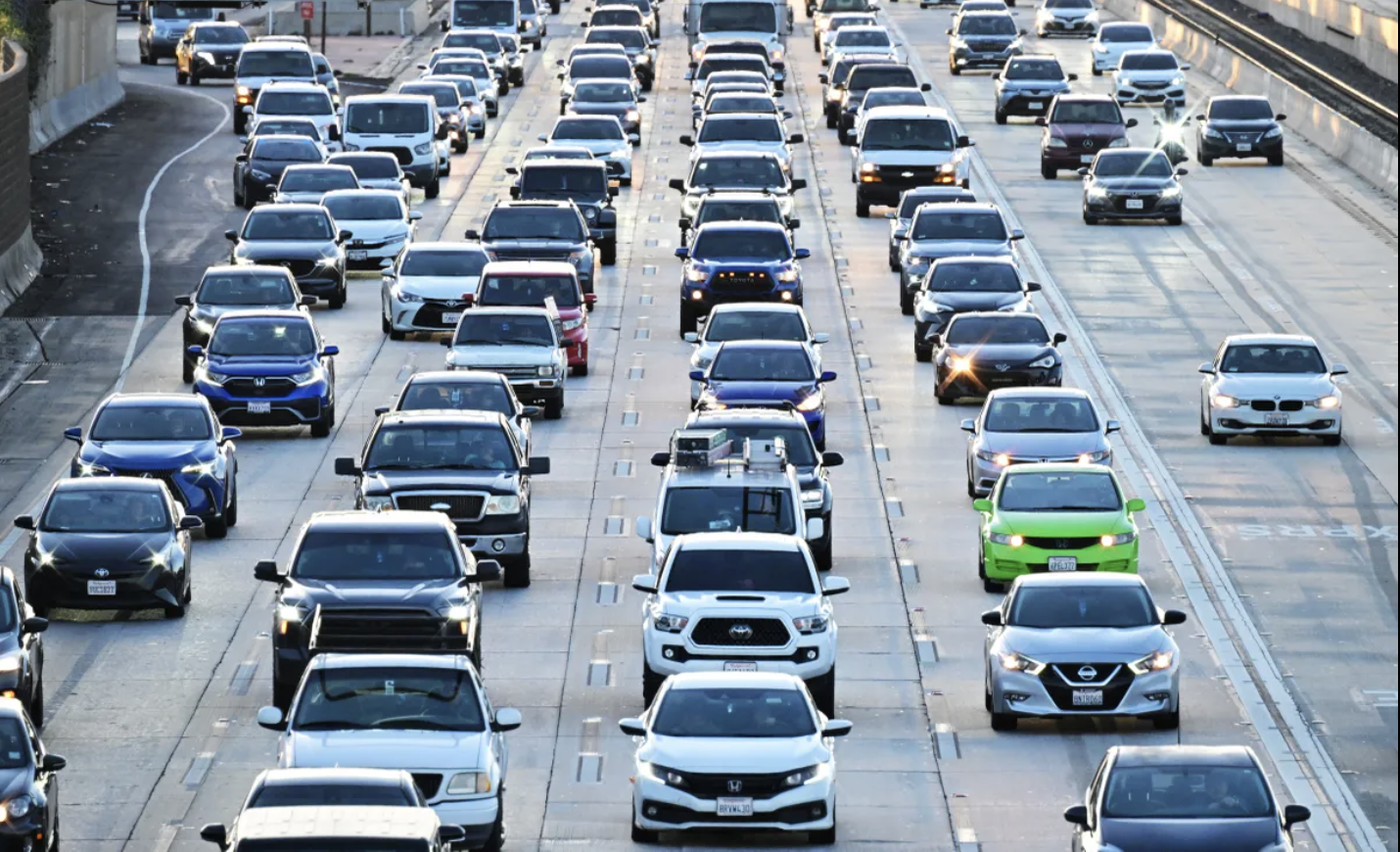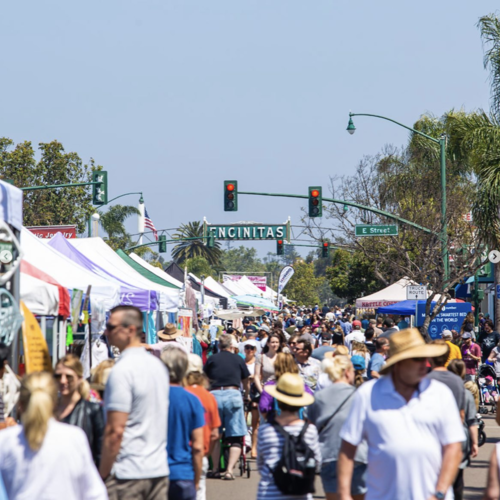California is known for a lot of things—sunshine, surf, and yes, the highest gas tax in the country. But as more drivers go electric or opt for fuel-efficient vehicles, the state’s once-reliable gas tax revenue is hitting empty. In fact, officials estimate California could lose $5 billion in road repair funding over the next decade. That’s a big problem when you consider gas taxes currently fund 80% of the state’s highway and road repairs.
So what’s the plan to patch up the pothole in funding? Meet the California Road Charge—a new pay-per-mile driving fee that could completely change how we fund road infrastructure. Instead of paying at the pump, drivers would be charged based on how far they drive. Think of it like a toll system that follows you around.

A recent Caltrans pilot program gave this idea a test run. Participants tracked their monthly mileage using tools like GPS plug-ins, odometer photos, and vehicle telematics. The proposed rates started at 2.5 to 2.8 cents per mile, with heavier vehicles paying more. It’s an effort to make road funding fairer, especially as electric vehicles and hybrids no longer fill up at gas stations—and therefore, don’t contribute to the gas tax pot.
But not everyone’s on board. Critics like Assembly Member Carl DeMaio and local residents like Gail Hofilena are sounding the alarm, calling it a “money grab” that could cost commuters anywhere from $900 to $1,200 a year—especially those with longer drives who already spend hours on the road. And one of the biggest concerns? Whether this new fee will replace the gas tax… or be added on top of it. (Let’s be real—we’ve seen that move before.)
Supporters argue the road charge is a much-needed update to a broken system, especially as California pushes for 100% zero-emission vehicle sales by 2035. Right now, electric vehicle drivers pay a flat $118 Road Improvement Fee with registration, but that doesn’t even come close to covering the cost of road wear and tear.
The road charge is still in the testing phase, with Caltrans expected to release full results of the pilot program later this year. From there, the future of driving fees will land in the hands of the State Legislature.
So the next time you’re cruising down the freeway or stuck in bumper-to-bumper traffic, just remember—soon, every mile might cost more than just your time.


